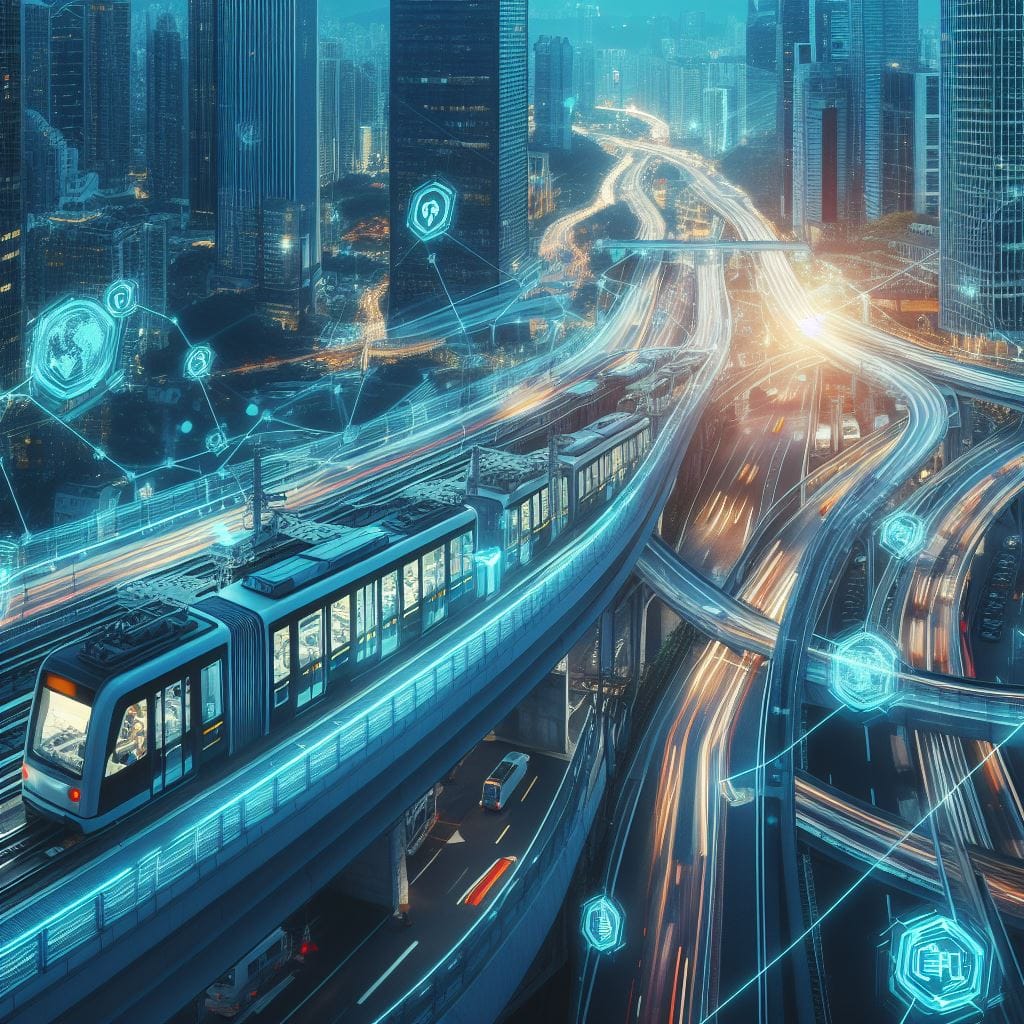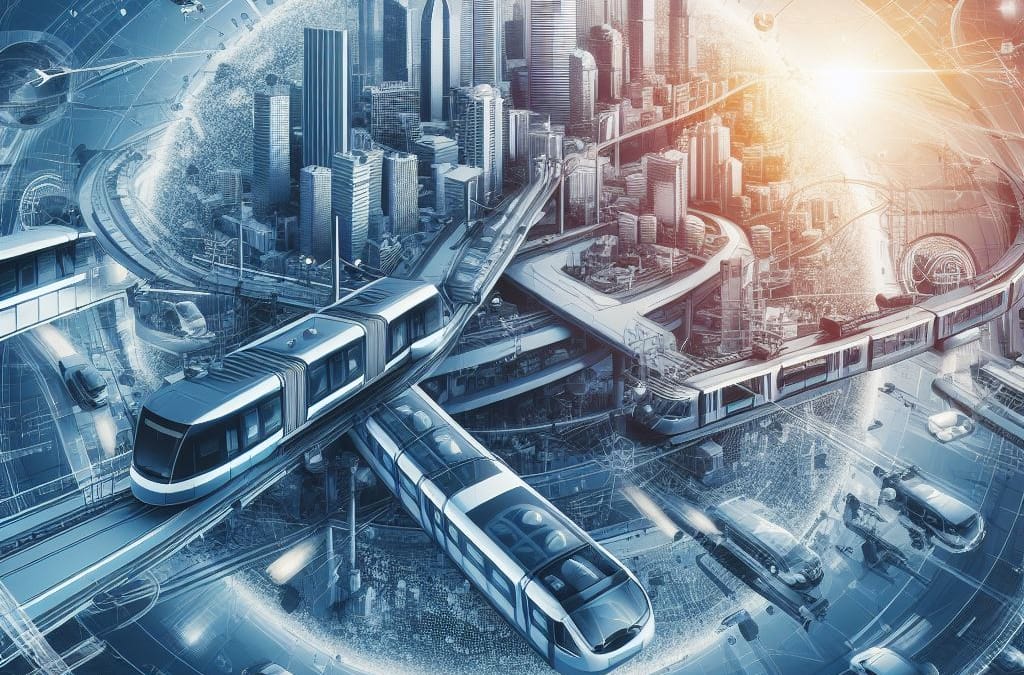The concept of public transportation has seen remarkable innovations since its inception. From the horse-drawn carriages of the past to the high-speed trains of today, mass transit has continually evolved to accommodate the growing needs of society.
As we look toward the future of public transportation, we see a landscape punctuated by transformative technologies, sustainable energy sources, and a pressing need for efficient, accessible transit options. In this comprehensive exploration, we delve into the future possibilities of public transportation, assessing how current trends and future developments could potentially reshape our approach to mass transit.
Current State of Public Transportation
Public transportation systems today face an array of challenges, including overcrowding, outdated infrastructure, energy inefficiency, and environmental impacts. As urban populations burgeon, the demand for adequate and advanced transportation options becomes increasingly important.
Sustainable Solutions and Green Initiatives
The climate crisis has thrust sustainable solutions into the limelight, paving the way for green initiatives within the sphere of public transportation. Electric buses, solar-powered trains, and the use of renewable energy sources have started to gain traction as feasible alternatives to traditional, fossil fuel-reliant vehicles.

The Role of Technology in the Future of Public Transportation
Technology stands at the forefront of the revolution in public transportation. Innovations such as autonomous vehicles, real-time data analytics, and contactless payment systems are redefining the user experience. Furthermore, advancements in artificial intelligence and machine learning have the potential to optimize route planning and reduce congestion.
Smart Cities and Integrated Transportation Networks
The concept of smart cities integrates technology and infrastructure to create interconnected and efficient urban environments. An essential component of this is an integrated transportation network that offers seamless connectivity and communication between various modes of transit, including buses, trains, subways, and bike-sharing systems.
The Emergence of Mobility as a Service (MaaS)
Mobility as a Service (MaaS) is a user-centric model of transportation that provides customizable and on-demand transport solutions. By leveraging apps and platforms that combine different transit services, MaaS simplifies the travel experience and encourages a shift away from personal vehicle ownership.
High-Speed Rail: The Gateway to Rapid Inter-City Travel
High-speed rail systems are becoming more prominent around the globe, offering rapid inter-city travel that could rival air travel in terms of speed and convenience. These trains not only reduce travel time but also contribute to the reduction in carbon emissions associated with long-distance journeys.
The Impact of Drones and Aerial Transportation
Unmanned aerial vehicles, or drones, are poised to become a significant component of the future of public transportation. Beyond delivering packages, drones offer the possibility of personal and public transportation in the airspace, alleviating ground traffic congestion.
Hyperloop and the Quest for Ultra-Fast Transit
Hyperloop technology aims to revolutionize transportation by propelling passenger pods through low-pressure tubes at unprecedented speeds. This innovation could dramatically decrease travel times between major cities, redefine long-distance travel, and spawn a new era of swift, efficient transit.
Challenges and Opportunities
Despite the exciting prospects, the future of public transportation is not without its challenges. Issues such as data privacy, cybersecurity, and the integration of autonomous systems must be addressed. Additionally, the financing and governance of advanced transit systems present significant hurdles.
Social Implications and Accessibility
The evolution of public transportation extends beyond technological advancements; it implicates the very social fabric of our communities. Ensuring equal access, affordability, and accommodations for people with disabilities remains a crucial consideration in designing the transit systems of the future.
Global Perspectives: Case Studies from Around the World
A global perspective on public transportation reveals diverse approaches to mass transit innovatively tailored to regional needs and resources. From the extensive railway networks of Europe and Asia to the budding innovations in autonomous shuttles in the United States, we can glean valuable insights from international case studies.
Shaping Policy for the Future of Transportation
The role of policymakers in shaping the future of public transportation cannot be overstated. Investments in infrastructure, regulations surrounding emerging technologies, and incentives for sustainable practices will be critical in steering the growth of modern transit solutions.
Conclusion
As we contemplate the future of public transportation, one thing is clear: it will be a collaborative endeavor, requiring input from technologists, policymakers, city planners, and the public. By embracing sustainability, advanced technologies, and social inclusiveness, the mass transit systems of tomorrow have the potential to be more efficient, accessible, and environmentally friendly than ever before. As our urban landscapes continue to evolve, so too will how we move within them—ushering in a new era of public transportation poised to redefine our daily lives and the environments we inhabit.


Recent Comments